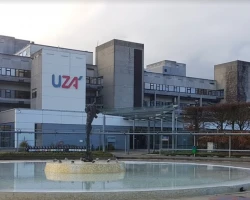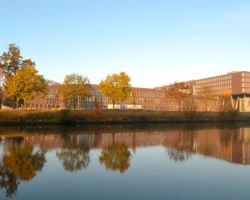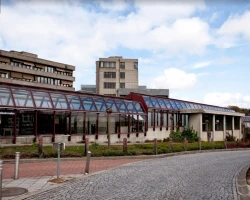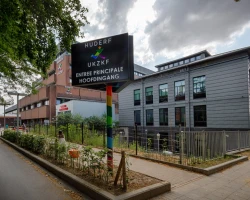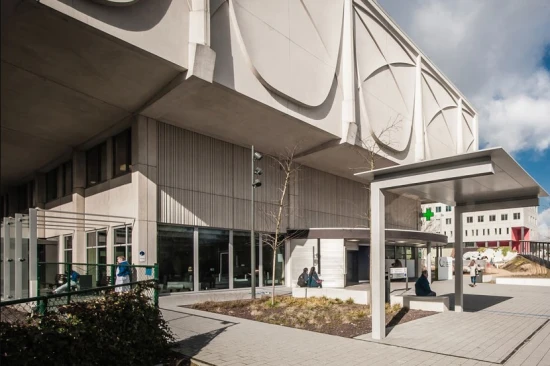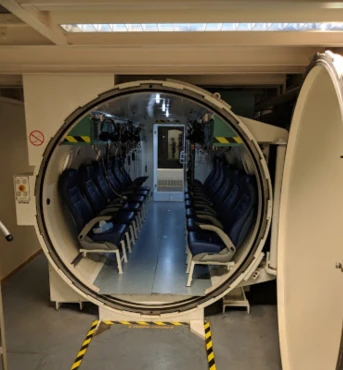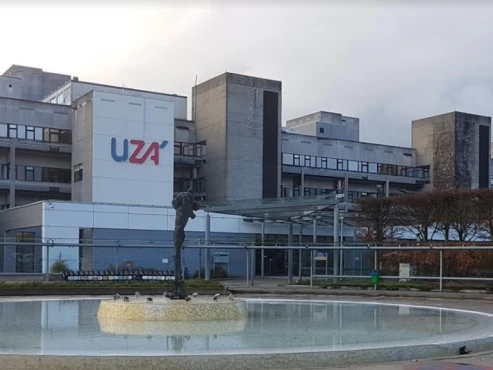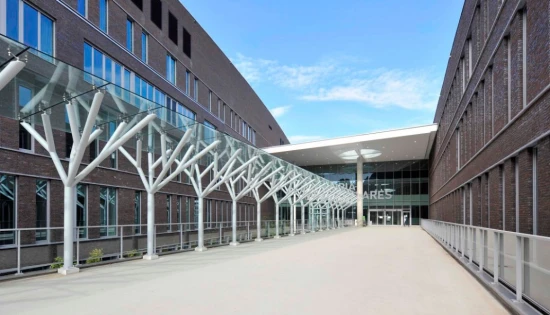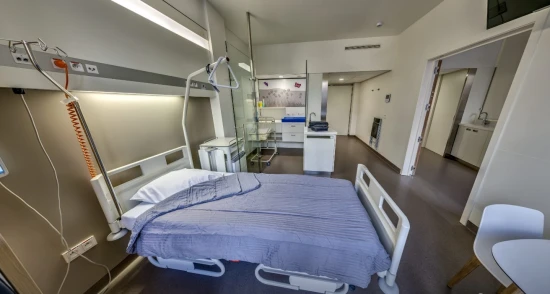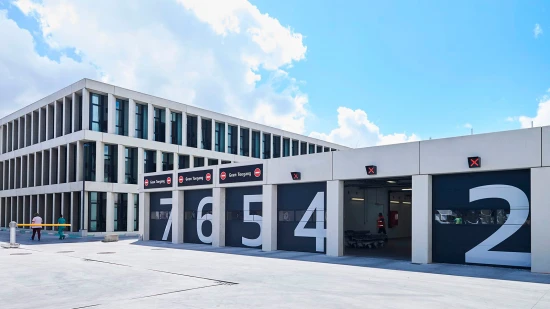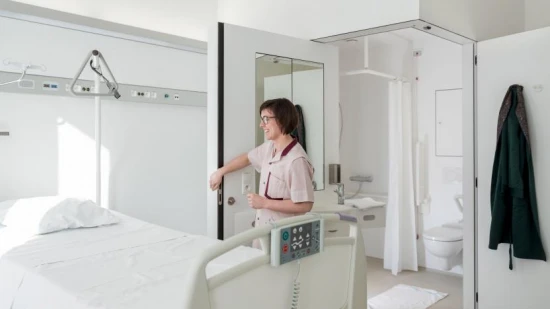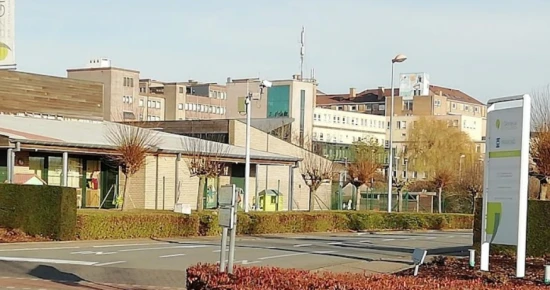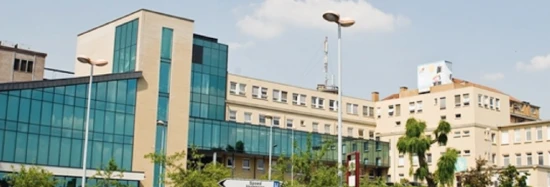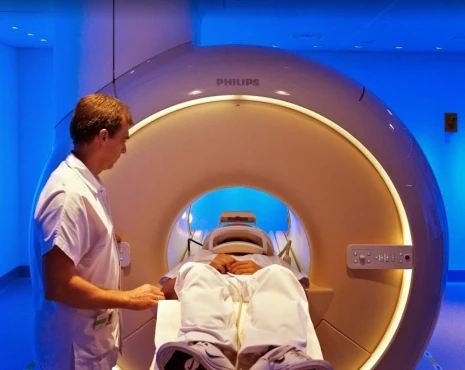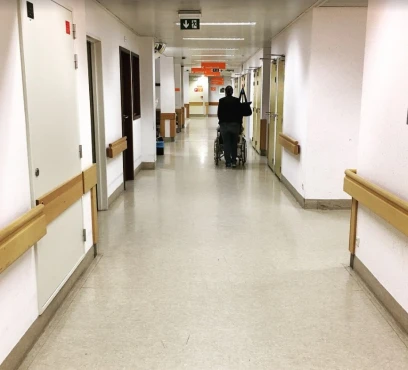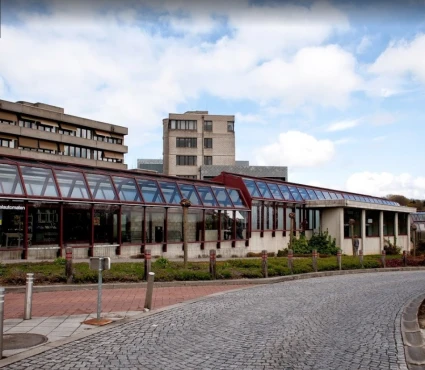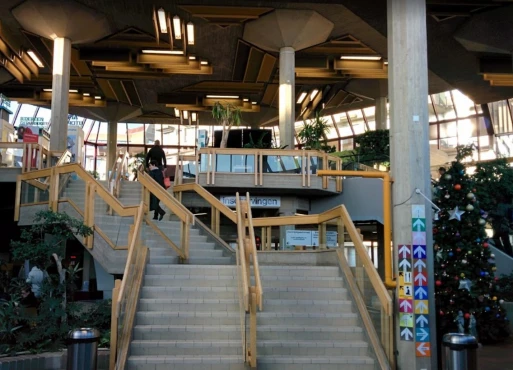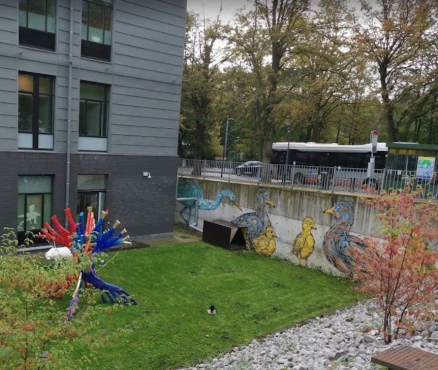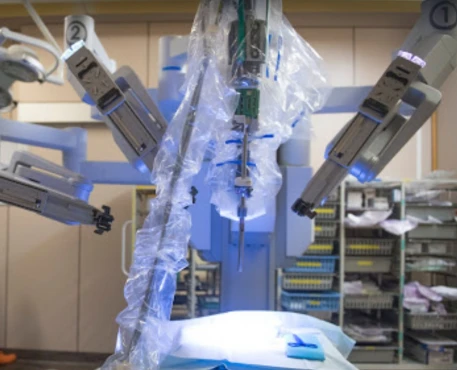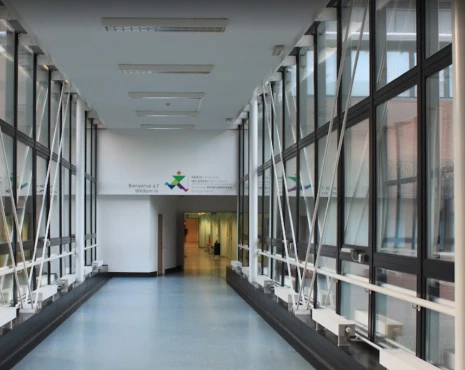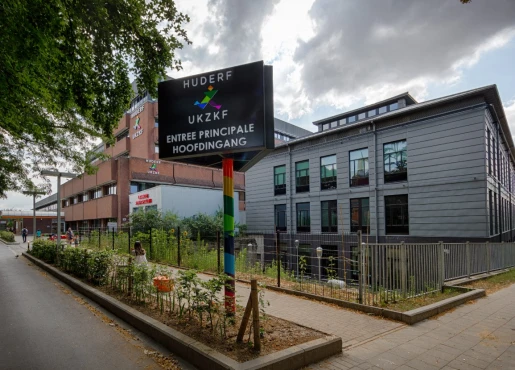Stroke treatment in 1 Neurosurgery and Vascular surgery clinic in Brussels
1 clinic specializing in Neurosurgery and Vascular surgery providing treatment of
Stroke
Stroke is a medical emergency caused by a sudden interruption of blood flow to the brain. It can lead to neurological deficits, such as paralysis, speech difficulties, and cognitive impairments. Immediate medical attention is crucial to minimize brain damage and improve outcomes.
Read more...
disease in Brussels.
Besides this clinic there is 1 Neurosurgery, Vascular surgery clinic in Brussels and 6 clinics in Belgium.
Such diseases are treated by UZ Brussel: Atherosclerosis, Brachiocephalic occlusive disease, Brain aneurysm, Brain arteriovenous malformation (AVM), Brain edema, and others.
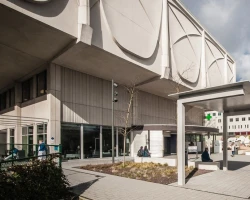
6 nearby similar clinics in Belgium
Perhaps you should consider 6 more clinics we have found nearby basing on your Location, Disease filters applied.
